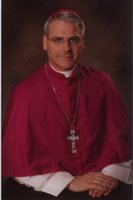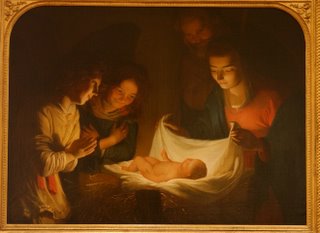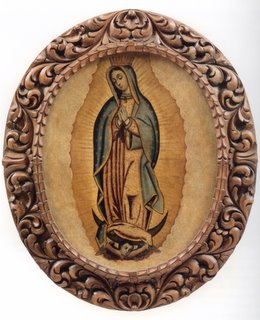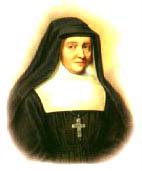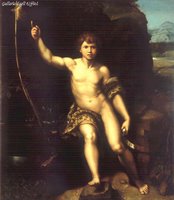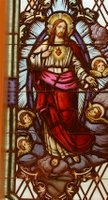Every seven years or so we have the longest Advent possible and, as a result, we have the shortest possible Christmastide. When this happens, today's great Feast of the Holy Family, which is normally celebrated on the Sunday following Christmas, is celebrated on 30 December -- an ironic, but fitting fate for the Feast of a family, who themselves, did a great deal of unexpected moving.
Just as Mary's and Joseph's life with Jesus -- from the very little we know about it -- included many unexpected turns of events, so our life with Jesus is no different. Simeon, in today's Gospel, tells Mary that her heart will be pierced with a sword, so that the hearts of many may be laid bare. This prophecy hints at all that she will suffer, in accompanying Jesus during his life. For all of us, however, this is our vocation as Christians. When we accept the invitation to follow Christ, we accept the trials and tribulations of the heart that inevitably follow. This double edged sword that pierced Mary's heart -- and that pierces ours, if we permit it -- does not leave us wounded forever; rather, it is a tangible reminder of the Lord's promise that his suffering has redeemed our suffering.
As we celebrate and honor the Holy Family of Jesus, Mary and Joseph, we pray especially for those whose families are most acutely affected by suffering. Let us be mindful, as well, of the sufferings in our own families, communities, parishes, etc. As we share in the sufferings of Christ, as we are touched by the sword that pierced Mary, let us long for a share in his healing grace, a foretaste of the glory to be revealed.
"We must consider the great peace and serenity of the Blessed Virgin and St. Joseph shown in their constancy amid all the unexpected events which befell them. Now consider if we are justified in being surprised and troubled when we meet with similar accidents in the house of God (in our religion) seeing that they occurred even in the family of the Lord."
St. Francis de Sales
